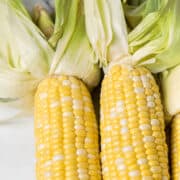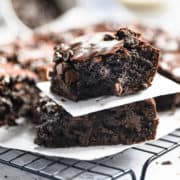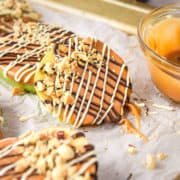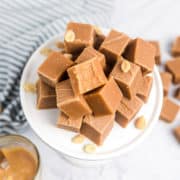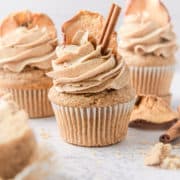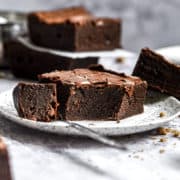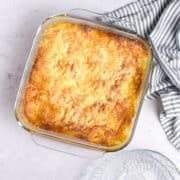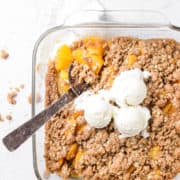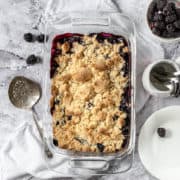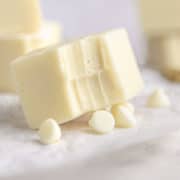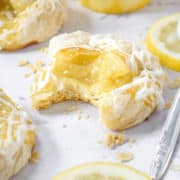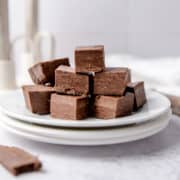Fresh corn on the cob makes a delicious side dish for any kind of meal. Discover the best way to store corn on the cob and you can keep it sweet and crisp until you're ready to enjoy it.
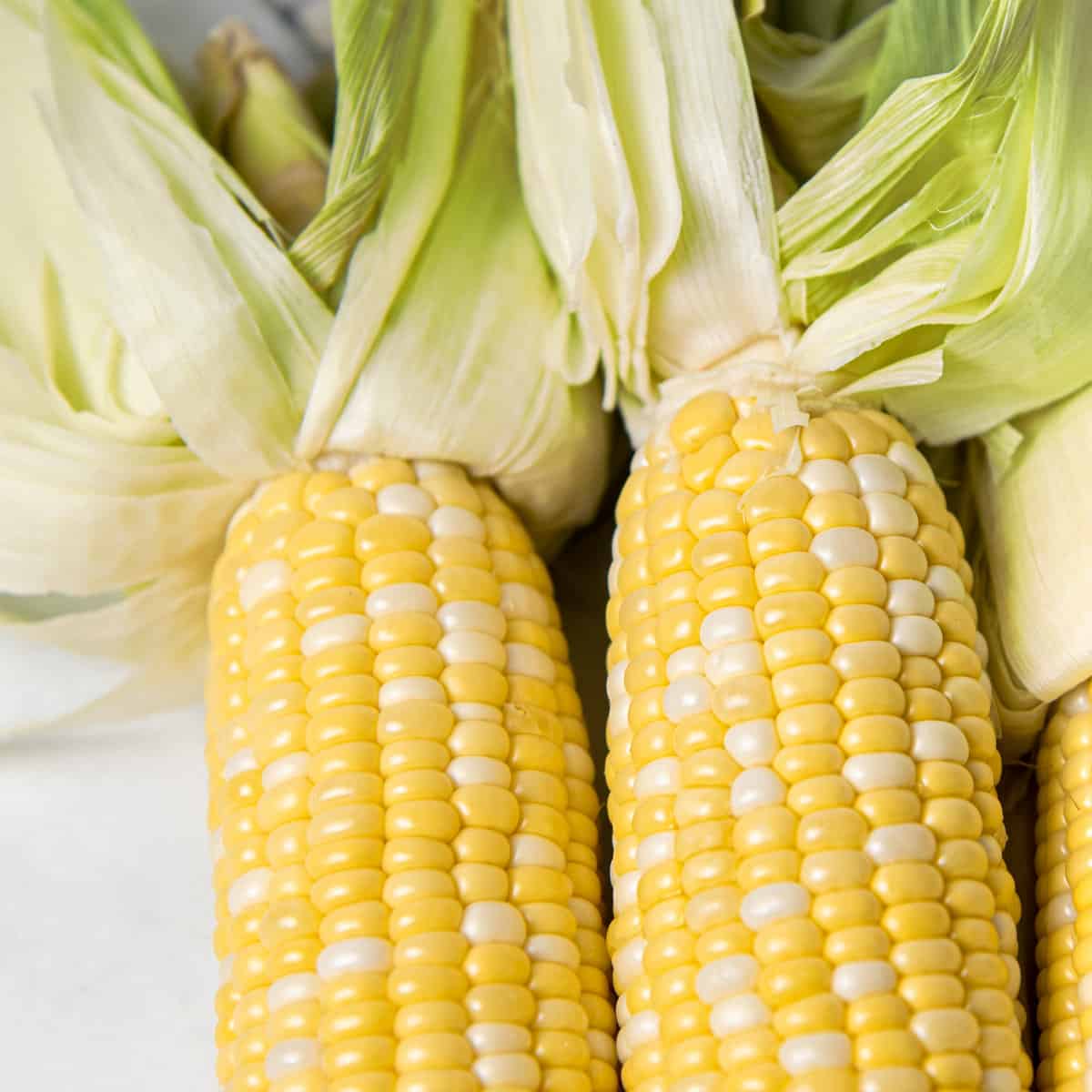
Jump to:
This bright yellow vegetable is a favorite among many people. I love grilling corn on the cob during the summer to enjoy alongside burgers and chicken.
The natural sugars make it so sweet. Add some salt and butter on top for corn on the cob heaven! Some people like to crumble cheese over the corn too.
What is Corn on the Cob?
Corn on the cob (Zea Mays Subsp. Mays), also known as maize, offers a sweet, delicious flavor and can be eaten on the cob or sliced off into separate kernels. It's believed to have originated about 10,000 years ago in the South of Mexico. The main categories of corn are flint, dent, and sweet corn, and there are different varieties.
Yellow corn is the most common type and then you have white, red, and multicolor varieties as well. You can even get blue, purple, and black varieties. The average size of the ears is between 6.5 and 7.5 inches, and the average diameter is 2 inches.
As for nutritional value, corn on the cob contains vitamins, minerals, and fiber. It's relatively high in carbs but low in protein and fat.
There are plenty of recipes you can make with the juicy kernels including soup, stew, tortillas, and cornbread, and there are different ways to prepare it. If you're planning to remove the kernels make sure you use a sharp knife.
How to Choose the Best Corn on the Cob
When buying whole ears of corn at a farmers' market or grocery store, the best method for selection is to examine the silk and husk. The silk should look good and shouldn't be matted, dry, black, or brown but should appear fresh.
The husk should be bright green and not brown, limp, bruised, or dried out. Don't peel the husk back, or else the corn is considered damaged. If the silk and husk are in good shape, the corn should be fine.
Pick up the whole cob in one hand. A fresh one should feel heavy because it's full of sap. If it feels lighter than expected, this means the sap isn't feeding the corn kernels anymore and the cob has begun to turn starchy. I like to pick up several cobs and choose the heaviest.
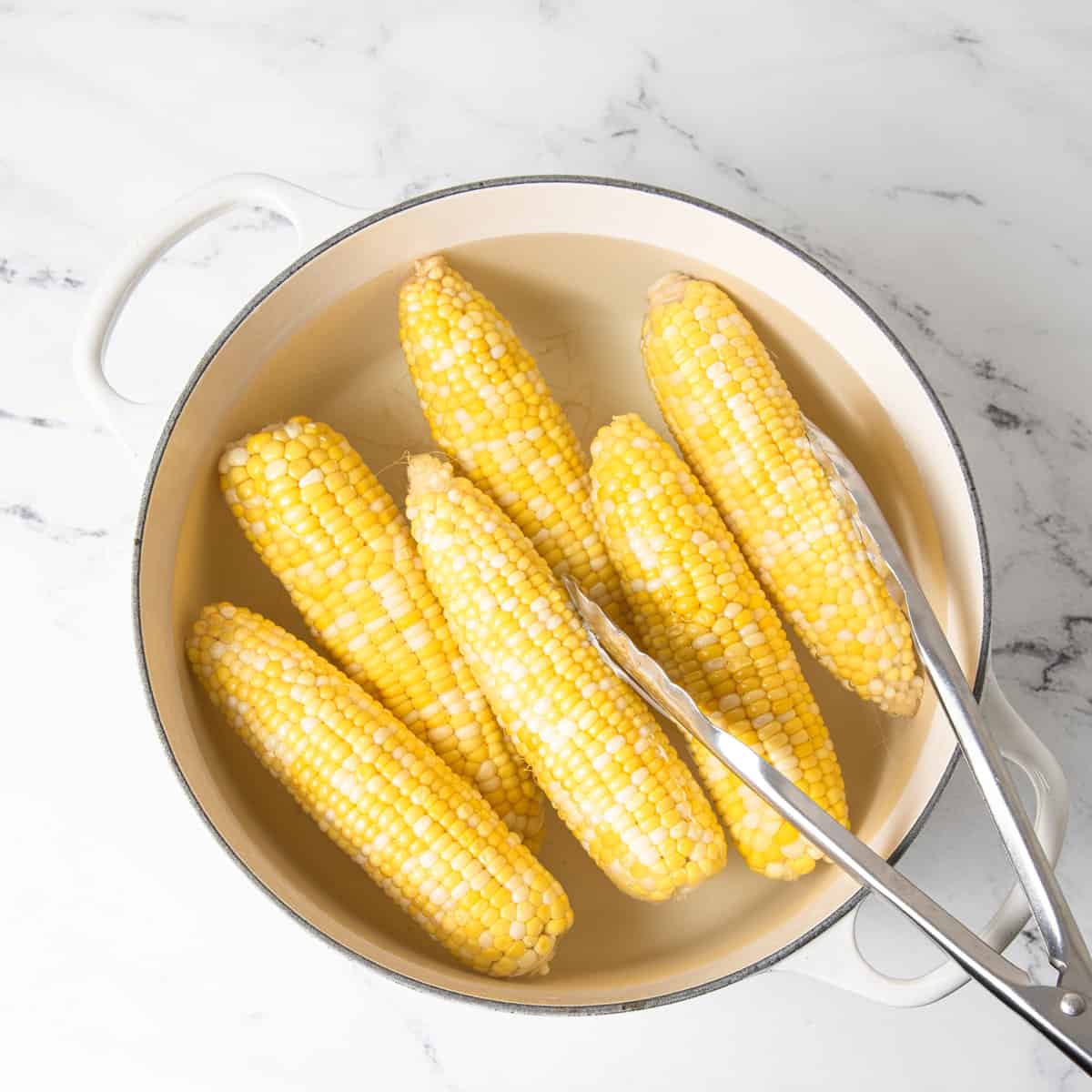
How to Store Corn on the Cob
Knowing how to store corn on the cob can make the difference between sweet, perfect corn and starchy, bland corn. The following tips should help you choose the best storage option.
- You need to keep uncooked corn cobs cold to preserve the natural sugars. As soon as the corn is picked, the sugars begin turning into starch, so refrigerate it first thing, as soon as you get it home.
- Leave the husks on until you're ready to cook it and don't shuck the corn before you're ready either, because the husks help keep the moisture in the corn. You can discard some outer leaves if you want to, but leave the husks intact if possible.
- Wrap the corn in a plastic bag or Ziploc bag before putting it in the fridge. Make sure there is a little ventilation because if there is none, moisture can be trapped and this can speed up the corn rotting.
- Stored this way, raw corn should keep for up to 5 days.
How to Tell if Corn on the Cob is Bad
As well as wanting to choose the freshest corn, you will want to know how to avoid rotten corn. Spoiled corn on the cob might be slimy, squishy, or smell bad. If any of these apply, or you can see mold on the cob, discard it.
Common Questions
Yes, you can and this is a great way to keep it for a longer time. Remove and discard the silk and husk, then blanch the cobs in boiling water for 4 minutes. Next, plunge it into ice water or cold water to stop it from cooking further.
Pat dry with a paper towel then arrange it in a single layer on a cutting board or baking tray and refrigerate. Once it's cool, transfer it into a freezer bag or airtight container to prevent freezer burn, or a layer of plastic wrap and then one of foil. The shelf life of frozen corn is up to 12 months.
You can, but even if you're planning to cook it within a few hours, it's best to refrigerate it so the sugars don't start turning into starch.
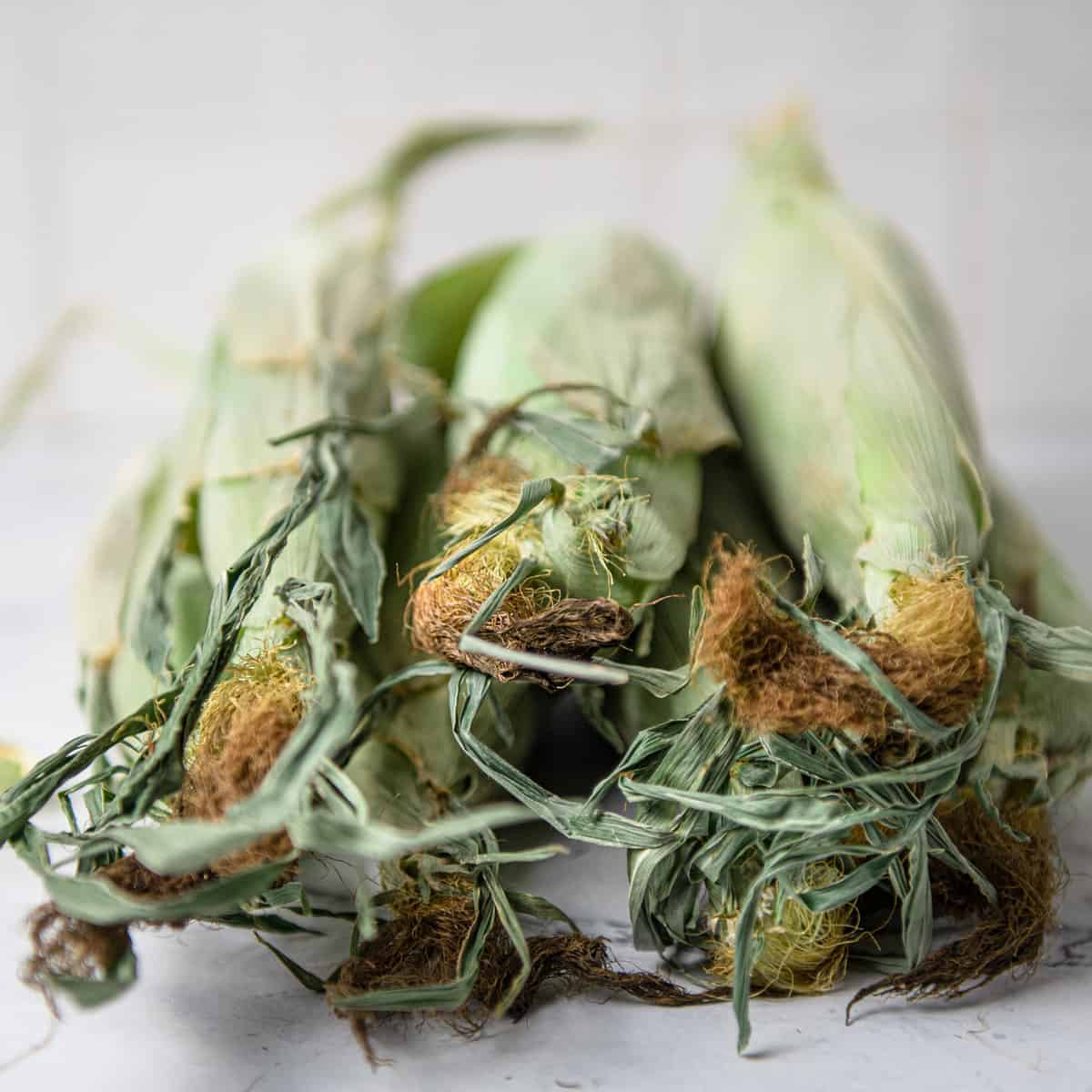
Did You Know?
- The average ear of corn has about 800 kernels in 16 rows.
- This delicious vegetable can be boiled, roasted, or grilled and is often served with butter and salt.
- Corn on the cob is the 4th most popular food served on the 4th of July.
Knowing how to store corn on the cob means you can enjoy the best flavor of this tasty ingredient in all your favorite corn recipes. Whether you serve yours whole or slice the kernels off, corn is an enjoyable vegetable that most people like.
